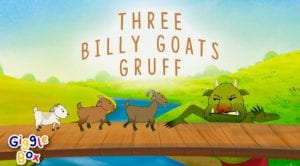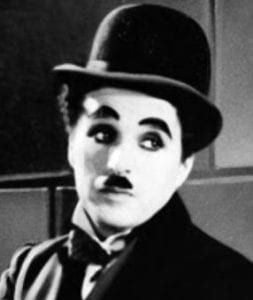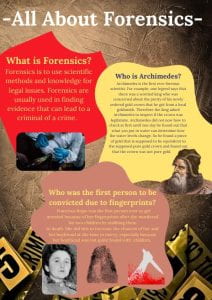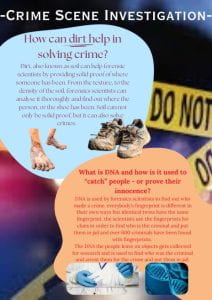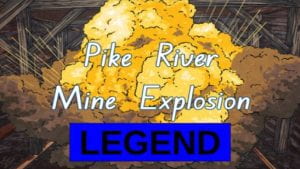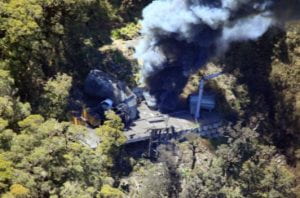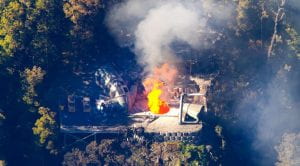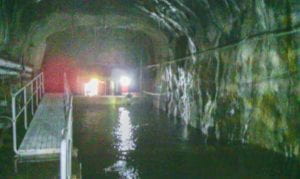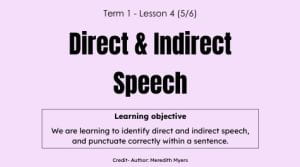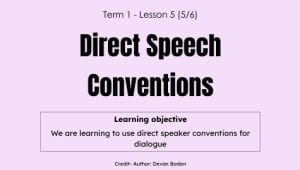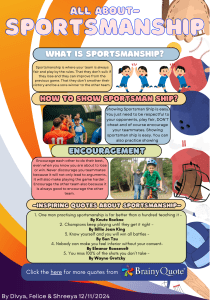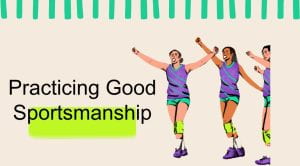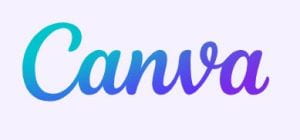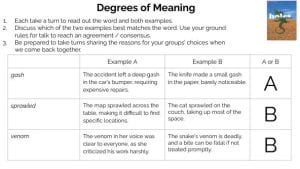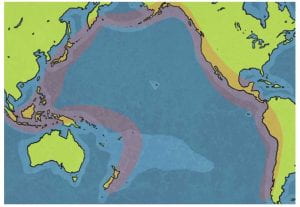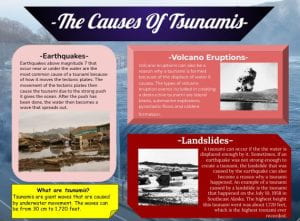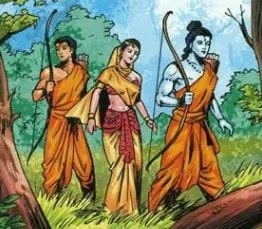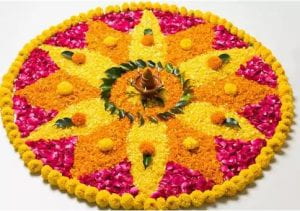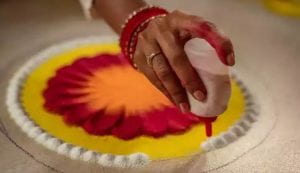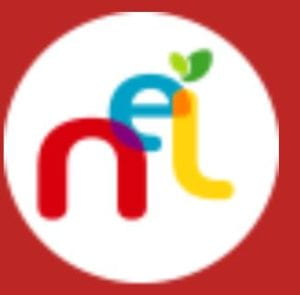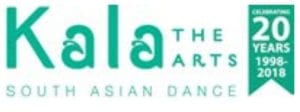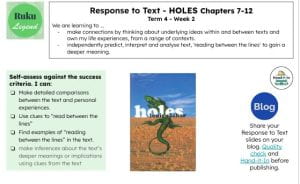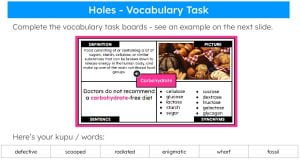Kia ora! This term in drama, we have been learning the root elements of drama. To learn this basic knowledge of drama, we played games and created some plays. I am going to show you the work we have done, some details about the lessons we learn and a video of one of our plays.
Root elements of drama-
- listen to your own cues when needed
- Make eye contact with the person you are talking to
- Exaggerate expressions
- Play recognisable characters that will let the audience remember
- Show your commitment, contribution and teamwork in your team
- Use different speaking tones to talk to other characters when in a play
- Show respect to the person performing
- Use your body to create different atmospheres during a play
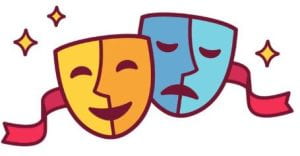
How we learnt it –
- Create a short play based on a children’s book
- Create your own original character with detailed background and personality
- Create puppets in groups that are characters in your team’s own unique story
- Play cue games that train our focus and concentrate in plays rather than forgetting lines and cues
- Create a unique silent movie that will make the audience enjoy and feel glad they came
- Rewind, reverse, fast forward during a play
- How to enjoy your play from the bottom of your heart and do the best you can do
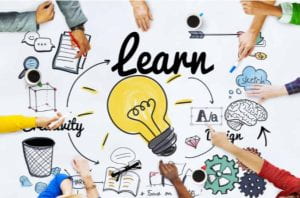
The plays we acted –
In the sessions, we played multiple characters and different types of plays. The videos I am going to show you the two videos of two of the plays we have done this term and a description about it. Let’s get into it!

The three Billy Goats Gruff –
For this play, I went into two groups because one of the groups in my class was missing a person. The story is about three goats who were hungry and wanted to cross the bridge to eat some french grass. However the dridge is the troll’s property and he did not want anyone clip clopping on his/her bridge. The characters I played were the big goat and the troll. I had an incredible amount of fun when I was acting this play, whether it was shouting at the troll or being the hungry troll, it was truly one of a kind. To view both videos, please click here & here.
Please click the image below to view a video regarding what we have learnt about the Three Billy Goats Gruff.
Silent Movie –
For the silent movie, we created a comedy story where everyone except the secret assassin bar staff dies. In this play, we got to get into groups of 5 and choose between five characters. The five characters were Harley the piano player,
Shane a gold miner, Rowan the bar staff, Dakota the sheriff and Carson the outlaw. The role I played was Carson the outlaw. Please click here to view the video.
Please click the image below to view a video regarding what we have learnt about silent movies.
Conclusion & Reflection –
In conclusion, I have learnt that drama is not all about acting, it is almost 99% teamwork because throughout the term I have learnt that teamwork is something that we have to learn to create a successful play. It is similar to life, without teamwork, I doubt I will be able to live to this day as the person I am. The part I have enjoyed the most was ceateing the play about the Three Billy Goats Gruff because it let me be creative with the base story I have. I hope in the future, we can act a bigger variety of plays.
Thank you for your time and patience,
Divya
